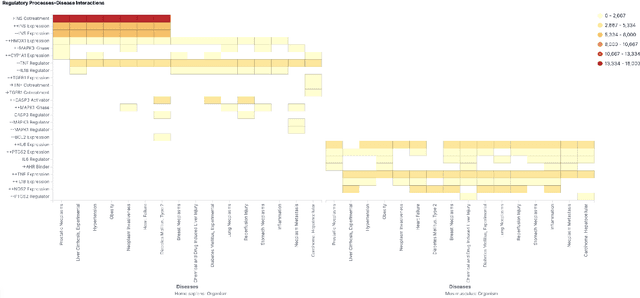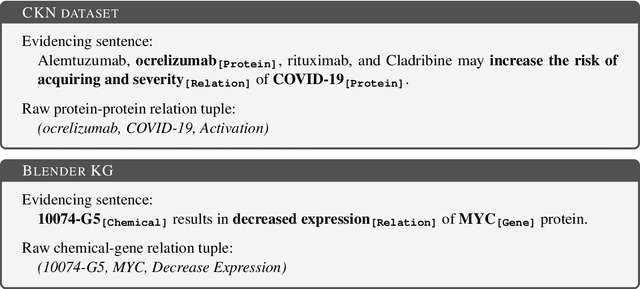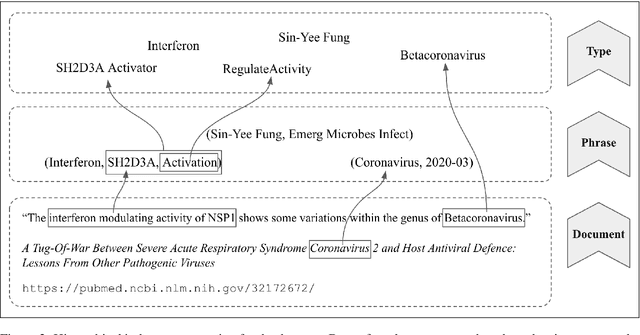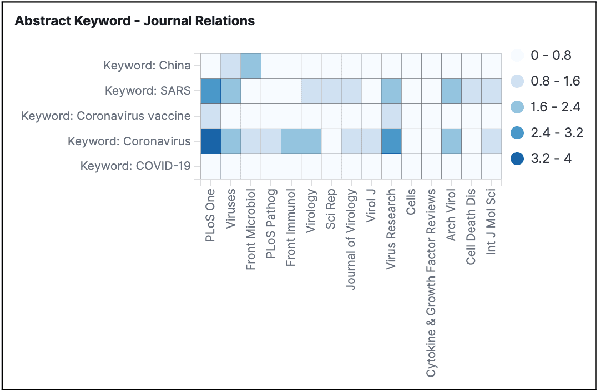Marc Verhagen
Exploration and Discovery of the COVID-19 Literature through Semantic Visualization
Jul 03, 2020



Abstract:We are developing semantic visualization techniques in order to enhance exploration and enable discovery over large datasets of complex networks of relations. Semantic visualization is a method of enabling exploration and discovery over large datasets of complex networks by exploiting the semantics of the relations in them. This involves (i) NLP to extract named entities, relations and knowledge graphs from the original data; (ii) indexing the output and creating representations for all relevant entities and relations that can be visualized in many different ways, e.g., as tag clouds, heat maps, graphs, etc.; (iii) applying parameter reduction operations to the extracted relations, creating "relation containers", or functional entities that can also be visualized using the same methods, allowing the visualization of multiple relations, partial pathways, and exploration across multiple dimensions. Our hope is that this will enable the discovery of novel inferences over relations in complex data that otherwise would go unnoticed. We have applied this to analysis of the recently released CORD-19 dataset.
TempEval-3: Evaluating Events, Time Expressions, and Temporal Relations
May 25, 2014
Abstract:We describe the TempEval-3 task which is currently in preparation for the SemEval-2013 evaluation exercise. The aim of TempEval is to advance research on temporal information processing. TempEval-3 follows on from previous TempEval events, incorporating: a three-part task structure covering event, temporal expression and temporal relation extraction; a larger dataset; and single overall task quality scores.
Clinical TempEval
Mar 19, 2014Abstract:We describe the Clinical TempEval task which is currently in preparation for the SemEval-2015 evaluation exercise. This task involves identifying and describing events, times and the relations between them in clinical text. Six discrete subtasks are included, focusing on recognising mentions of times and events, describing those mentions for both entity types, identifying the relation between an event and the document creation time, and identifying narrative container relations.
Lexical Functions and Machine Translation
Oct 20, 1994Abstract:This paper discusses the lexicographical concept of lexical functions and their potential exploitation in the development of a machine translation lexicon designed to handle collocations.
 Add to Chrome
Add to Chrome Add to Firefox
Add to Firefox Add to Edge
Add to Edge